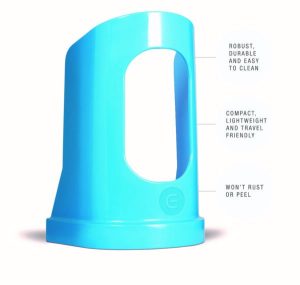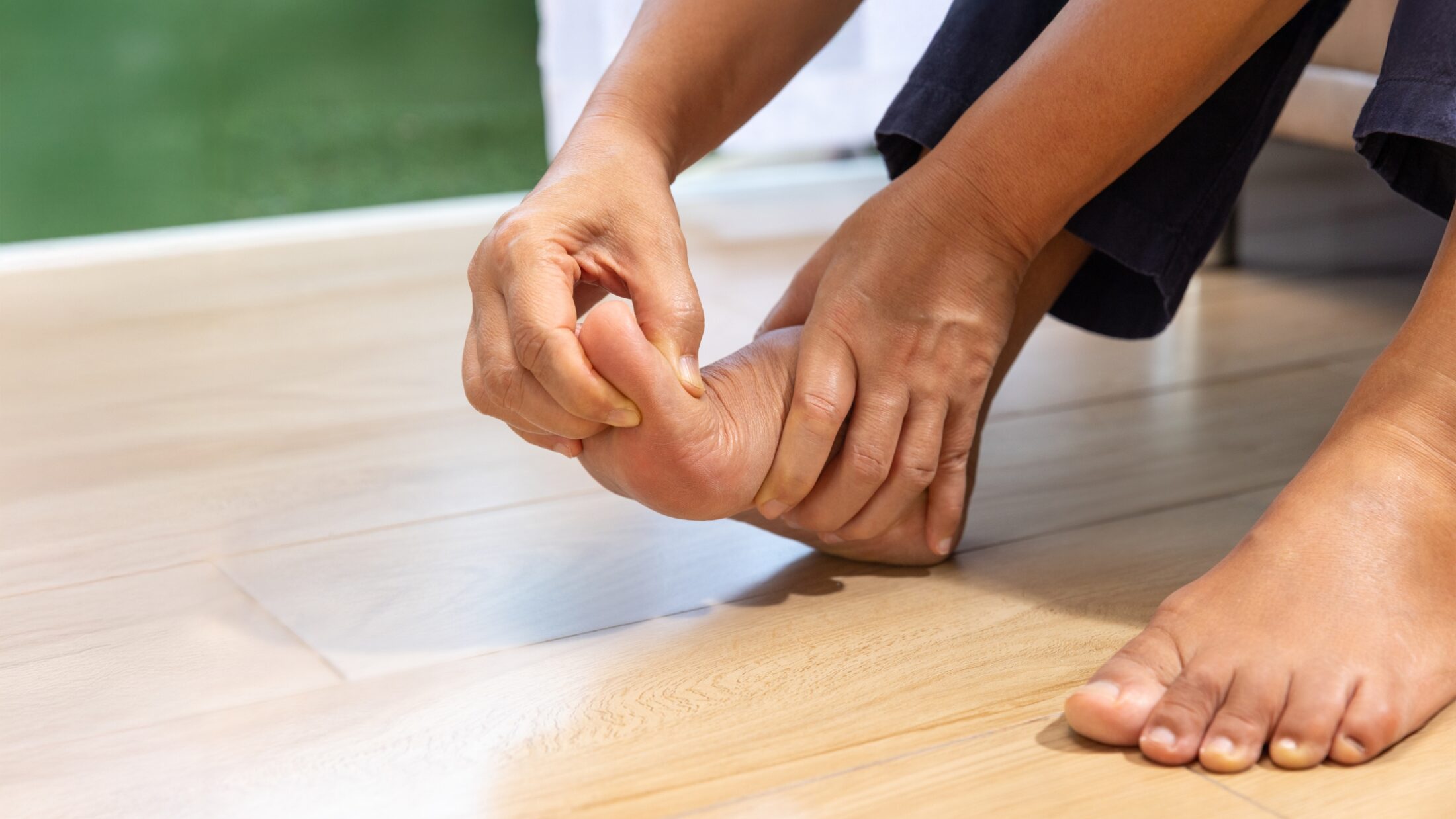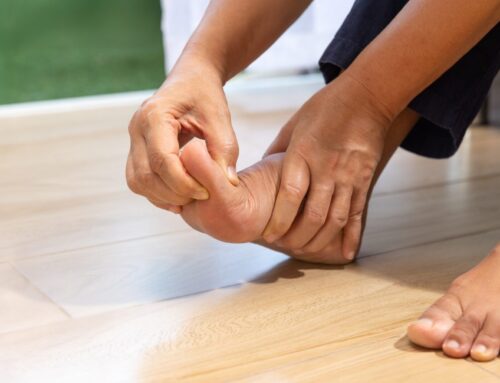Compression wear, encompassing both legwear and arm sleeves, offers a world of benefits to a diverse range of individuals. From athletes aiming to enhance performance and speed up recovery, to those managing medical conditions like varicose veins or lymphedema, compression garments have emerged as a key element in promoting health and wellness. Yet, for all their benefits, compression garments can sometimes be challenging to handle, especially when it comes to wearing compression correctly and comfortably.
The process requires more than just pulling on a sock or sleeve; it involves understanding the proper technique to ensure the garment fits snugly and delivers its therapeutic benefits without causing discomfort or skin irritation. This is particularly important for those who rely on compression wear for medical reasons, as incorrect application can diminish the effectiveness of the garment, or worse, lead to complications.
With the right approach and knowledge, compression garments can become a simple, routine part of your day. Whether you’re using them for sports, medical purposes, or simply for extra support throughout your day, mastering the art of wearing compression garments can significantly enhance their effectiveness and your comfort. Let’s explore how you can achieve this with ease and confidence.
Understanding Compression Wear
Compression legwear and arm sleeves are essential components in various health and wellness routines. These specialized garments are engineered to apply gentle pressure to your limbs, offering a range of benefits that extend well beyond basic support.
Key Benefits of Compression Wear:
- Improved Circulation: Compression garments are known to enhance blood flow, particularly in the legs and arms. This improved circulation can prevent swelling and reduce the risk of deep vein thrombosis (DVT) in individuals who are less mobile or sit for extended periods.
- Reduced Muscle Fatigue and Soreness: Athletes and fitness enthusiasts often wear compression gear to minimize muscle fatigue during exercise and accelerate recovery post-workout. The pressure exerted by these garments helps reduce the buildup of lactic acid, leading to less soreness.
- Support During Physical Activity: For those engaged in physical activities, compression wear provides extra support to muscles and joints, potentially reducing the risk of injury and enhancing performance.
- Aid in Medical Conditions: Individuals with conditions like varicose veins, lymphedema, or post-surgical recovery find compression garments especially beneficial. These garments aid in managing symptoms and improving overall limb health.
The Importance of Correct Application
Wearing compression garments correctly is vital for maximizing their benefits. Improper application or use can lead to discomfort, and in some cases, negate the therapeutic advantages.
Correctly worn compression garments should feel snug but not overly tight, and they should evenly distribute pressure without causing constriction or discomfort. It’s essential to select the right size and compression level for your needs, as these factors significantly impact the garment’s efficacy.
Preparing to Wear Compression Garments
Before diving into the specifics of how to properly wear compression garments, it’s essential to lay the groundwork for a successful and comfortable application.
This preparatory phase encompasses two critical components: selecting the appropriate size of the garment and ensuring both your skin and the garment are properly prepared.
Choosing the Right Size
Choosing the right size is a critical step in ensuring the effectiveness of compression wear. To make sure you select the appropriate size, follow these guidelines:
- Measure Correctly: Accurate measurements are key. You should measure the circumference of different parts of the limb where you’ll be wearing the garment, such as the arm or leg. It’s best to do this in the morning when swelling is typically at its lowest, to get the most accurate measurements.
- Consult Sizing Charts: Once you have your measurements, compare them with the manufacturer’s sizing chart. This step is crucial because sizes can vary significantly between different brands. Relying solely on your regular clothing size without consulting these charts can lead to choosing a garment that doesn’t fit properly.
- Consider Compression Level: Compression garments are available in various levels of compression, measured in millimeters of mercury (mmHg). The level of compression you need depends on your specific requirements – lower levels of compression are generally used for mild support, while higher levels are necessary for more severe conditions.
- Seek Professional Advice: For those using compression wear for medical purposes, consulting with a healthcare professional is highly recommended. To ensure you get the most suitable size and compression level tailored to your specific health needs, consider reaching out to Care-Med for a professional fitting. Our expertise can guide you in selecting a garment that effectively meets your requirements, ensuring optimal comfort and functionality.
Preparing Your Skin and Garment
Proper preparation of both your skin and the garment can make wearing compression much more comfortable.
- Skin Preparation
- Apply a non-oily moisturizer on your limbs the night before, not immediately before wearing the garment, as this can make it slippery and harder to put on.
- Ensure your skin is completely dry to prevent the garment from sticking to damp areas.
- Garment Preparation
- Check the garment for any rips or tears that might affect its function.
Gently stretch and loosen the garment fibers with your hands, especially if it’s new or has been washed, to make it more flexible during application.
- Check the garment for any rips or tears that might affect its function.
With the right size in hand and your skin and garment prepped, you’re ready to proceed to the next step – putting on your compression wear. This preparation phase is important to ensure that your compression garments not only fit well but also perform their intended function efficiently and comfortably.
Tips for Wearing Compression Legwear
Putting on compression legwear can be challenging, especially for first-timers. However, with the right technique, it becomes a straightforward process. Below is a step-by-step guide to ensure a smooth and gentle application:
- Start with Clean, Dry Skin:
Ensure your legs are clean and completely dry. Moist skin can make it difficult to slide the garment up. - Turn the Garment Inside Out:
Turn the stocking inside out, up to the heel or foot section. This makes it easier to start putting it on. - Position Your Foot:
Slide your foot into the foot section of the stocking, ensuring your heel is correctly positioned in the heel pocket. - Gradually Roll or Pull Up:
Slowly unroll or pull the stocking up your leg. Do this gently to avoid overstretching the fabric. Rubber gloves can help you get a better grip on the fabric and prevent accidental tearing or snagging. - Smooth Out Wrinkles:
Once the stocking is in place, smooth out any wrinkles. The fabric should lie flat against your skin without bunching. Pulling the stocking too forcefully can cause tearing. Grip the fabric firmly but gently when pulling it up. - Check the Distribution of Compression:
The compression should feel firmer at the ankle and gradually decrease towards the knee or thigh. Ensure the garment is evenly pulled up for balanced compression. If the stocking isn’t sitting right, roll it down and readjust rather than pulling at the fabric to avoid damaging both the garment and your skin. - Take Your Time:
Don’t rush the process. If you encounter resistance, roll it back down a bit and then try again slowly.
By following these steps, you can wear your compression legwear effectively and comfortably.
Remember, the key is to be gentle and patient to ensure the garment functions correctly without causing any discomfort or skin irritation.
Tips for Wearing Compression Arm Sleeves
Wearing compression arm sleeves correctly is essential for achieving the desired benefits while ensuring comfort. The process differs slightly from wearing legwear, given the unique shape and movement of the arms. Below are some key tips to consider:
- Choose the Right Sleeve Length:
Ensure the sleeve covers the necessary area, whether it’s just the forearm, up to the elbow, or the full arm. - Start with a Relaxed Arm:
Begin with your arm in a relaxed, slightly bent position. This natural posture helps with an easier application. Remove watches, bracelets, or rings that might snag the fabric. If you must wear them, be extra cautious when sliding the sleeve over them. - Turn the Sleeve Inside Out:
Similar to legwear, turn the sleeve inside out, leaving the hand section in its normal position. - Slide Your Hand Through:
Gently slide your hand through, making sure the thumb is correctly positioned if the sleeve has a thumbhole. - Unroll or Slide Up the Arm:
Carefully unroll or slide the sleeve up your arm. Avoid pulling too hard to prevent strain on the fabric. - Ensure Even Coverage:
The sleeve should be smooth against your skin without any twists or bunches. The top edge of the sleeve should sit comfortably without digging into your skin. It should be snug but not too tight. - Reposition as Needed for Comfort:
The compression should feel snugger at the wrist and gradually lessen towards the upper arm. If the sleeve feels too tight or loose in certain areas, gently roll it off a bit and readjust for a better fit. - Monitor for Circulation and Sensation:
Regularly check your arm for any signs of impaired circulation or loss of sensation, especially when wearing the sleeve for extended periods.
By following these tips, you can ensure that your compression arm sleeves are worn correctly, providing maximum benefit and comfort. Proper application and fit are key to making the most out of your compression therapy.
Challenges when Wearing Compression Garments
While compression garments are beneficial, wearing them can present certain challenges. Addressing these common questions and concerns can help you overcome these obstacles with ease.
- Difficulty in Putting On and Taking Off
Use a silicone-based skin lubricant on your limbs to reduce friction. Alternatively, consider using a specialized compression garment applicator, like the Ezy-As, which greatly simplifies the process. - Finding the Right Size and Fit
Always refer to the sizing chart provided by the manufacturer. Measurements should be taken first thing in the morning to avoid any swelling that may occur during the day. - Discomfort While Wearing
Ensure the correct compression level for your needs. Too much compression can cause discomfort, while too little may not be effective. Graduated compression, which is tighter at the extremities and looser towards the top, often works best. - Compression Garment Rolling Down or Bunching Up
This is often a sign of an incorrect size or fit. Check if the garment is too large or small. Using adhesive lotions or garment glue can also help keep the compression wear in place. - Maintaining Compression Garments
Wash your compression garments regularly, ideally after each use. Hand washing in cool water with a gentle detergent and air drying is the best way to maintain their elasticity and compression properties. - Skin Irritation or Marks
Skin irritation can occur if the garment is too tight or worn for too long. Ensure proper sizing and take breaks from wearing the garment. Moisturize your skin regularly, but not immediately before putting on the garment. - Difficulty Assessing Whether the Compression is Correct
A well-fitted compression garment should feel snug but not painful. If you’re unsure, consult a healthcare professional for advice, especially when using compression wear for medical reasons.
Maintaining Your Compression Garments
Proper care and maintenance of your compression garments are crucial to retain their effectiveness and extend their lifespan.
Washing and Drying
- Always adhere to the label’s specific care instructions. Hand-washing in lukewarm water with mild soap is generally recommended for most compression garments.
- It’s important to avoid bleach, fabric softeners, or harsh detergents. These can break down the elastic fibers and diminish the effectiveness of the compression.
- Hand wash your garments gently to avoid stretching or tearing. Ensure all soap is thoroughly rinsed out to prevent skin irritation and fabric degradation.
- Air dry your garments away from direct heat and sunlight. Avoid using a tumble dryer, as heat can damage the elastic fibers.
Care and Storage
- When squeezing out water, do so gently without wringing or twisting, to maintain the garment’s shape and compression properties.
- Having more than one pair of compression garments to rotate between uses allows each pair to rest and regain elasticity.
- Store your garments in a cool, dry place. Avoid folding or rolling them too tightly, which can cause fiber breakdown.
- Frequently inspect your compression garments for signs of wear and tear, like thinning fabric or loss of elasticity, and replace them as necessary.
Usage and Precautions
- Be mindful of sharp fingernails, jewelry, or rough surfaces when putting on or taking off your compression garments to prevent snags and tears.
Adhering to these care tips will significantly enhance the durability of your compression garments, ensuring they continue to provide the necessary support and benefits. Proper maintenance is a key aspect of maximizing your investment in compression therapy.
Simplifying the Process with Ezy-As Applicator

The Ezy-As is a thoughtfully designed tool that significantly eases the process of putting on compression stockings and sleeves. It’s a user-friendly device, suitable for both individuals and caregivers, making the application of compression garments quick, simple, and less physically demanding.
The Ezy-As Applicator is an invaluable tool for anyone wearing compression garments. It embodies simplicity and efficiency, transforming what can be a cumbersome process into an effortless routine. By incorporating the Ezy-As into your daily regimen, wearing compression becomes a hassle-free experience, allowing you to focus more on the benefits and less on the process.
Compression Made Easy
The benefits of compression garments are manifold, ranging from improved circulation and reduced muscle fatigue to aiding in medical conditions and enhancing physical performance. However, the key to reaping these benefits lies in the correct application and usage of these garments.
Ready to embrace the ease of wearing compression garments? Contact Care-Med for a professional compression garment fitting and discover the perfect Ezy-As Applicator size for you. Make your daily routine effortless. Whether you’re seeking comfort, support, or therapeutic benefits, the right compression garment and applicator can make all the difference. Let Care-Med guide you to the perfect fit and solution.
Share This Story, Choose Your Platform!
Table of Contents
We specialize in orthotics, body braces, and compression wear tailored to your unique needs in Toronto. Reach out to us at info@caremed.care or call 416-782-5353 to book your fitting and consultation.
Experience the difference of customized solutions designed just for you.











